Merry Christmas and Happy New Year!
Published December 2025Merry Christmas and Happy New Year 2026!
Merry Christmas and Happy New Year 2026!
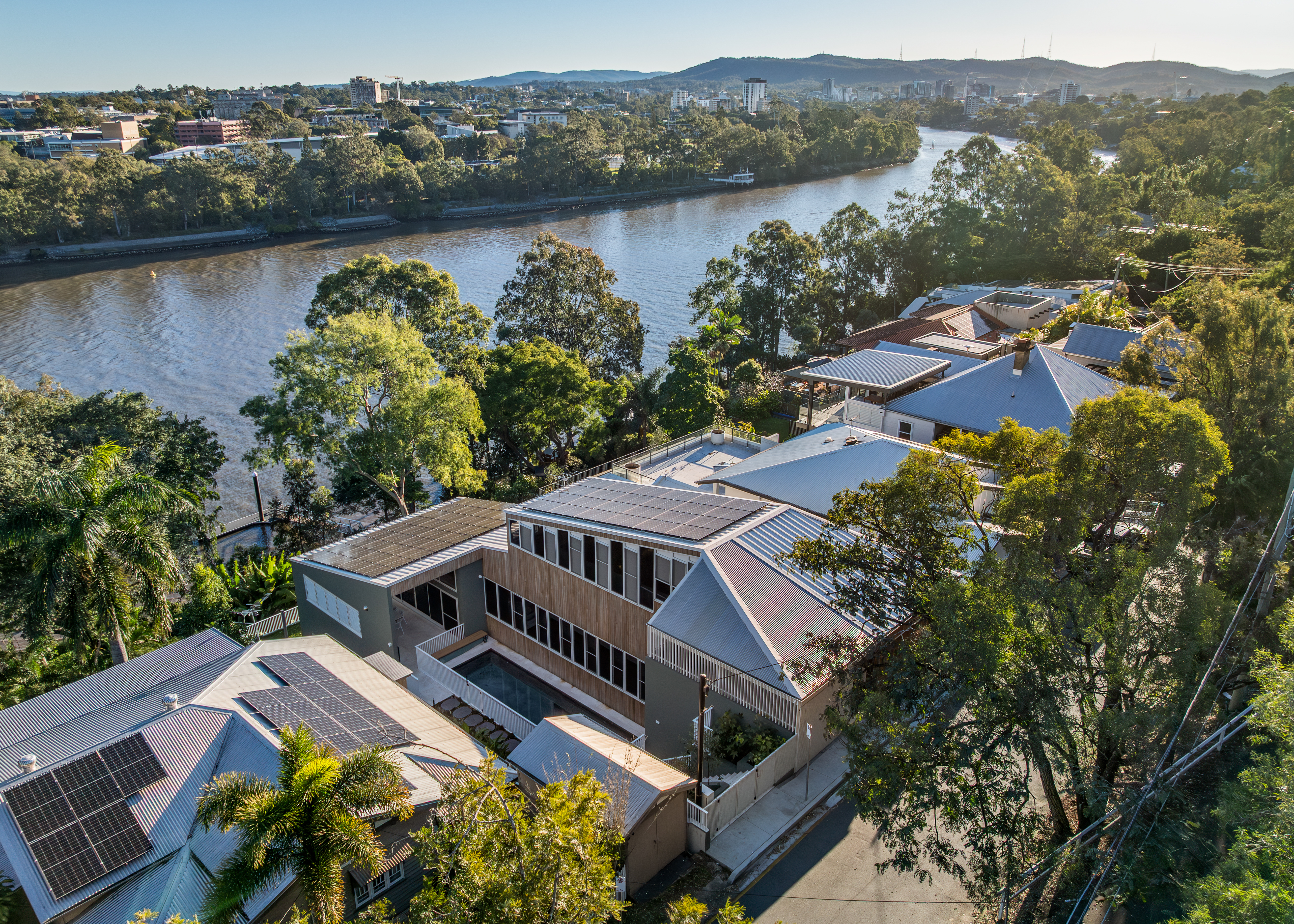
Perched on a dramatically steep plot in Dutton Park, Queensland, the four-level home alongside Borva Street epitomises the unbound potential of ingenuity and innovation in modern construction. Read on to find out how Dincel Structural Walling made this seemingly impossible build, possible.

18 months ago Dincel Structural Walling officially launched our revolutionary Waterproof System Warranty. An Australian - If not indeed a World first - the Dincel Waterproof System provides you with an up to 50 year zero (0) leakage guarantee.
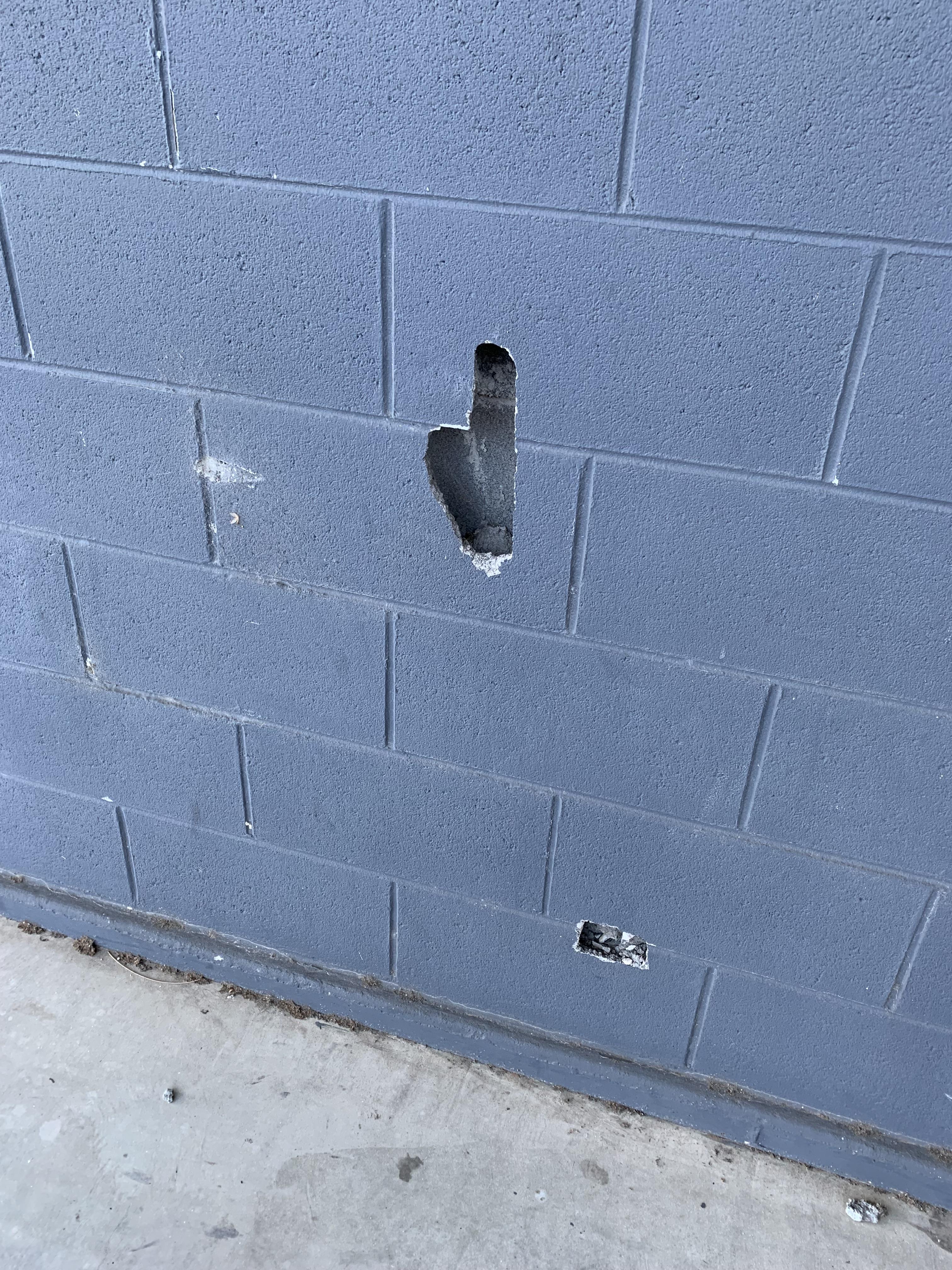
Voids in concrete walls are a common challenge in the construction industry, presenting serious risks to a building’s structural integrity. If not addressed, these air pockets can result in various complications, including reduced load-bearing capacity and potential structural failure, making it crucial to understand the factors that contribute to their formation to tackle the issue effectively.
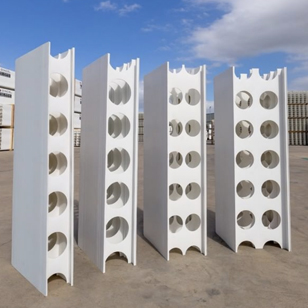
Permanent Polymer Formwork (PPF), such as Dincel, consists of a PVC shell which is filled with conventional or Self Compacting Concrete (SCC). PPF walls are different to conventional concrete walls such as precast or walls cast in-situ with removable formwork or masonry walls and have significant advantages over these conventional walling types, which will be discussed later in this paper.
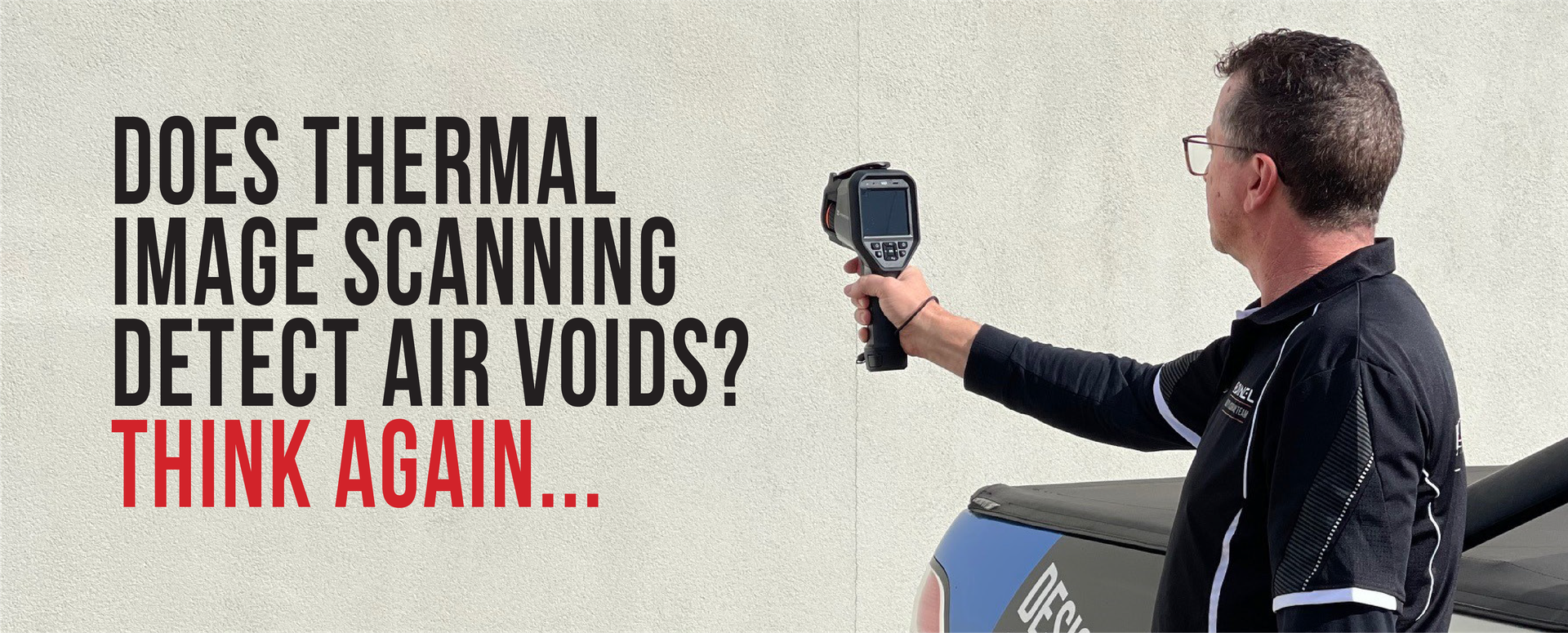
Thermal Image cameras do not act as x-ray machines.Thermal imaging detects temperature at the surface of an object and displays on a screen different colours depending on temperature.
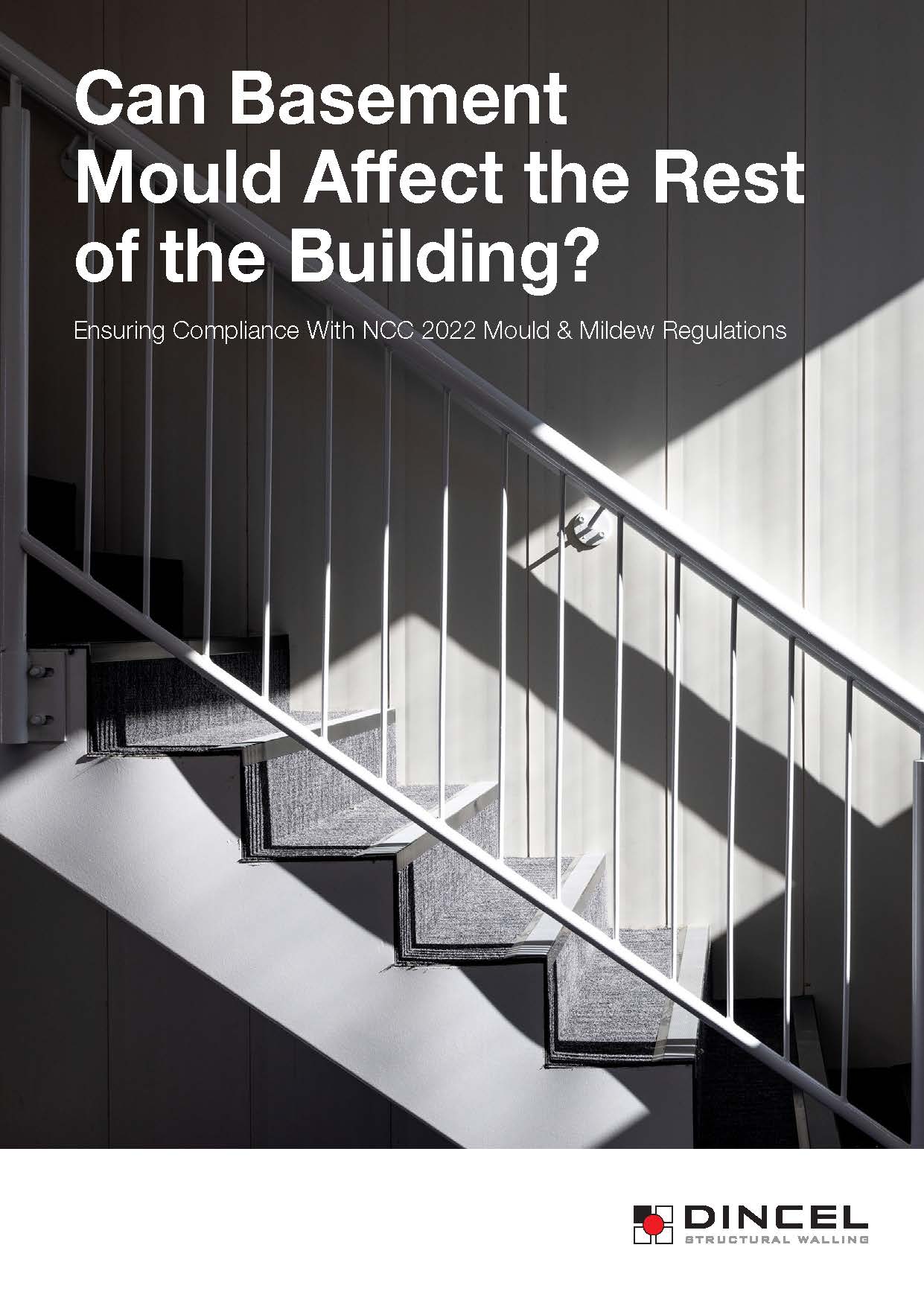
If you design a basement that is susceptible to mould, you are likely contributing to a building that is non-compliant with the National Construction Code’s mould and mildew regulations. This whitepaper discusses the issues surrounding basement mould and how recent studies and industry developments are impacting the design and specification of basement waterproofing solutions.
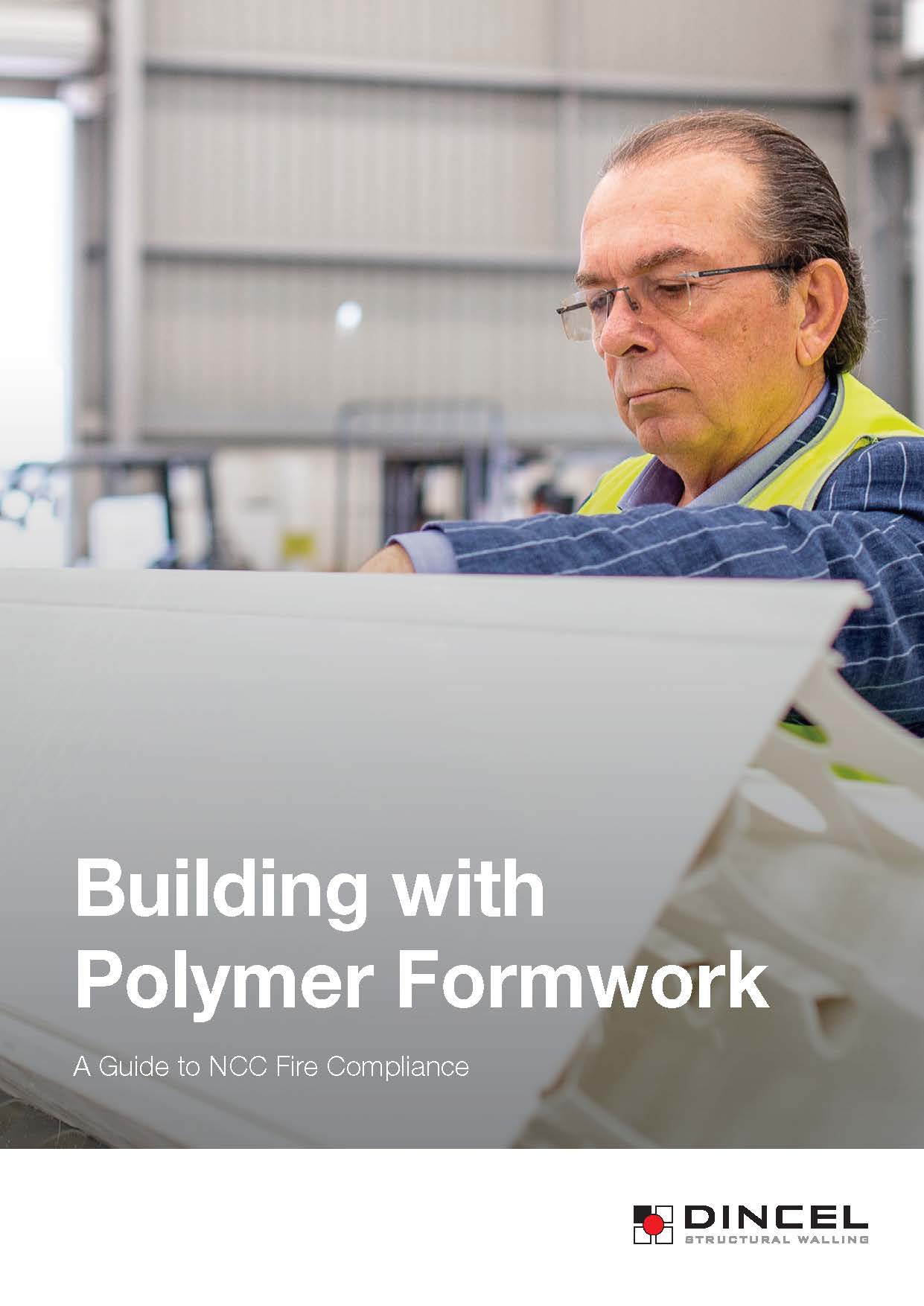
With fire regulations constantly evolving, fire compliance is critical for building professionals. It is thus timely to examine current fire compliance requirements, the methods to prove compliance with the National Construction Code (NCC), and how these issues relate to polymer formwork wall systems for internal and external walls.

With rising urban densities, building height restrictions and owners looking to add value to their property, the inclusion of basements and other habitable below-ground spaces in new builds is quickly becoming common practice throughout Australia. Due to this trend, there is now a greater demand for effective waterproofing design and installation solutions that will ensure the success of projects for all parties involved.

As far as the insurance industry is concerned, a leaking wall and/or mould mildew are defects and are not covered by most of the building and PI insurance policies.